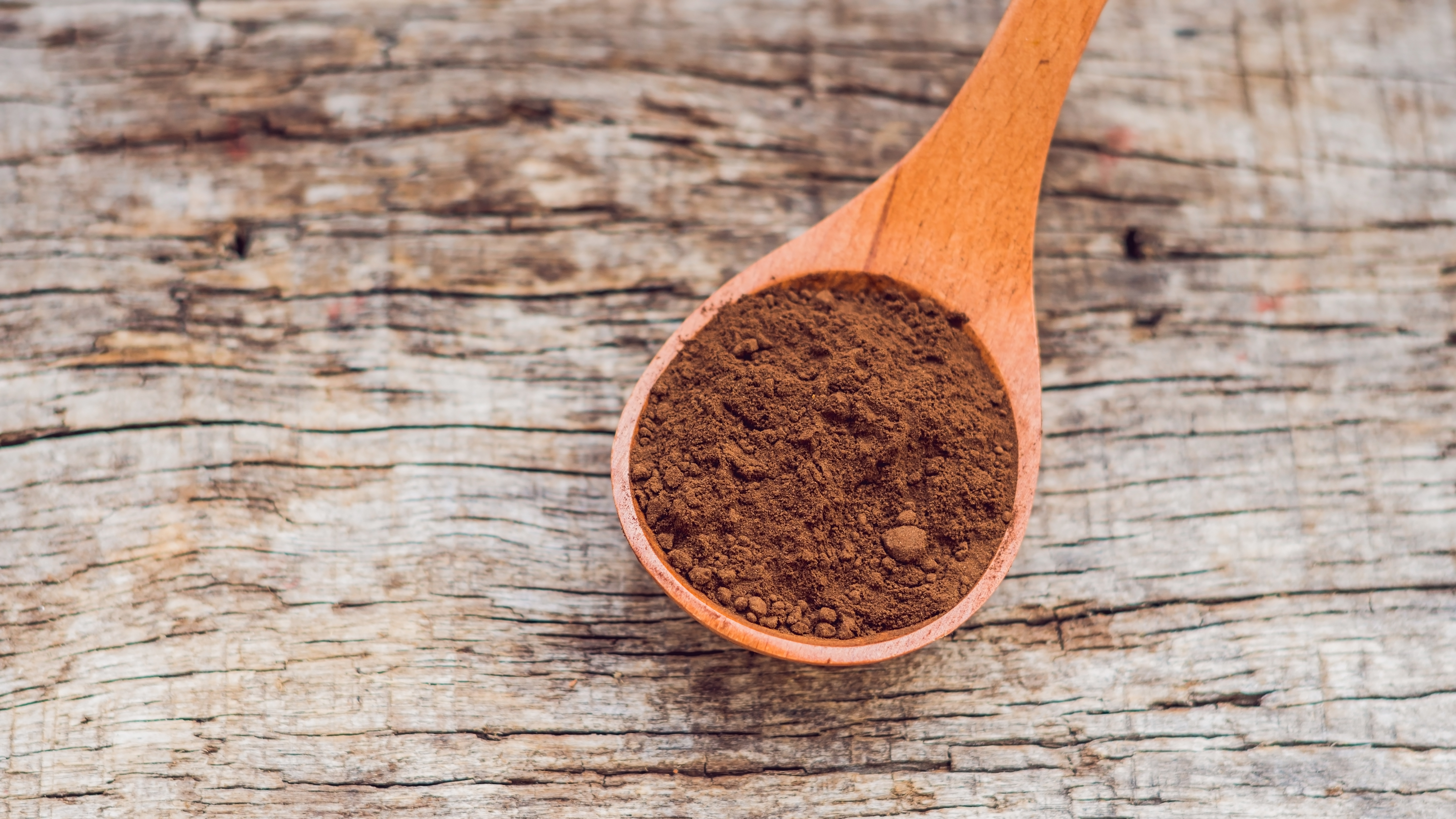Revisit The Horror Of That Time Carob Tried To Replace Chocolate In The '70s
Those of you who didn't grow up in the '70s will never know the trauma of the various "healthy" foods—like muesli and bean sprouts—that tried to enter the culinary vernacular. During that auspicious decade, germ-filled salad bars and brick-like brown breads were commonplace. In a bitter nutshell, it was a horrible time to eat food.
Writer Jonathan Kauffman has chronicled many of these terrors in his book Hippie Food: How Back-To-The-Landers, Longhairs, And Revolutionaries Changed The Way We Eat. But in a new essay in The New Yorker, Kauffman focuses on one (fortunately failed) vintage food trend in particular: Carob. The substance was a poor substitute for chocolate, yet somehow was touted as the healthier option. As Kauffman poetically puts it: "At the pinnacle of our dietary suffering, worse even than sprout sandwiches or fruit leather or whole-wheat scones, there was carob, the chocolate substitute that never could."
Kauffman traces carob's journey to the natural-health movement, from its appearance in health-food cookbooks from the '20s and '30s, to its peak in the 1970s, as its sweetness helped it invade the market that had turned on "the high fat content of chocolate confections and the bitterness of unsweetened cocoa powder." All of that fell by the wayside when "chocoholics" in the '80s brought their beloved favorite food back in to fashion, and carob was cast aside.
Intrigued to find out whether the substance was as bad as he remembers, Kauffman then makes some carob brownies. They turn out "convincingly brown, and, thanks to a cup of honey and some molasses, sweet enough. They tasted nothing like chocolate, and their texture was dry and dense, but their deep malt-and-date flavor wasn't actually so bad." He posted the brownies on Facebook, and his commenters sympathetically noted, "Poor carob. It never wanted to be chocolate in the first place." You can read more at The New Yorker today.
